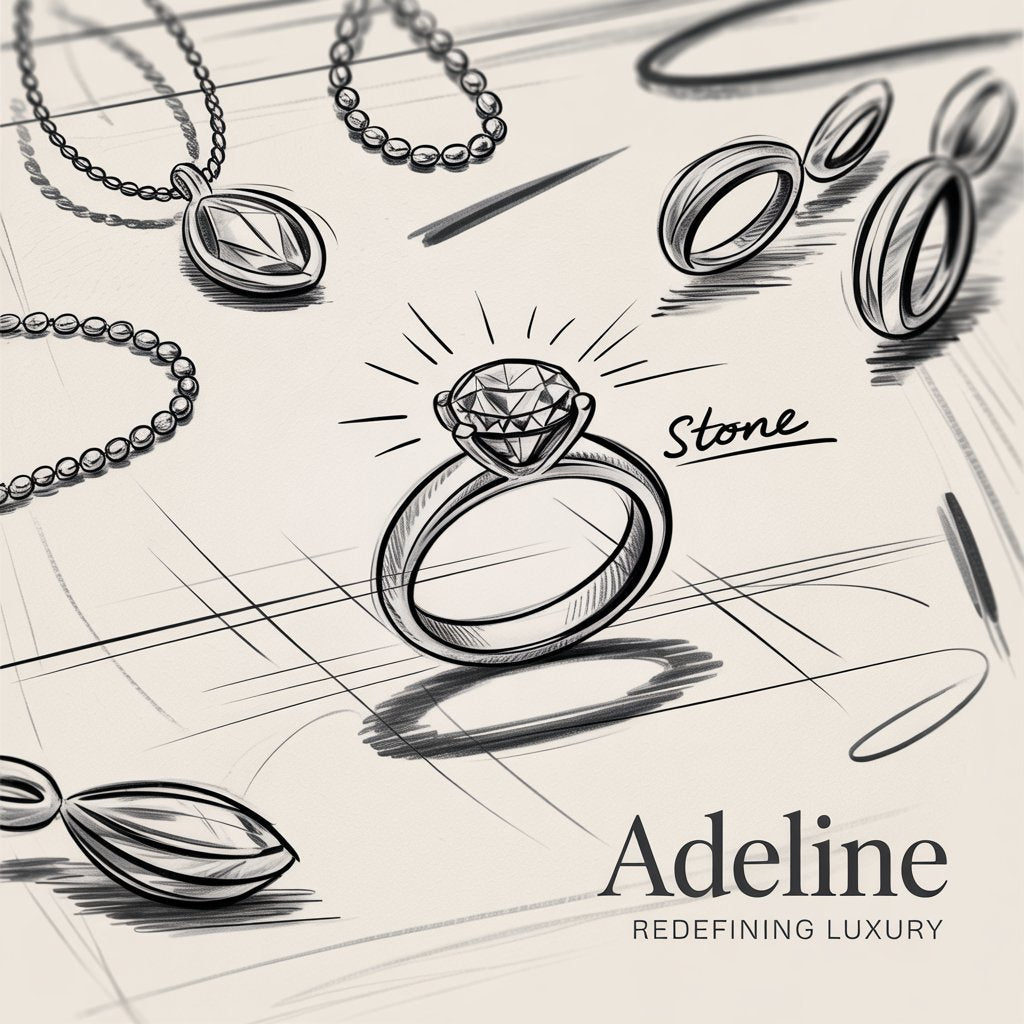
Key Drivers of Growth in the Indian Market For Demi Fine Jewelry
The global demi-fine jewellery market is experiencing robust expansion. It was estimated at approximately $1.92 billion in 2021 and is projected to reach around $6.5 billion by 2030, demonstrating a compound annual growth rate (CAGR) of nearly 14%. Another assessment values the segment at $2.3 billion in 2023, with an anticipated rise to $3.24 billion by the end of 2030 at a CAGR of 4.35%. While specific market size figures may vary across reports, this variability points to the dynamic and still-evolving nature of the demi-fine category. For brands operating in this space, understanding the underlying growth drivers becomes more critical than focusing on a single numerical projection. This consistent upward trend signifies a strong and expanding consumer base, indicating that brands have a significant opportunity to help shape and define this burgeoning market through their offerings and consumer education.
A primary driver for this growth is the increasing consumer demand for jewellery that is both affordable and high-quality. Millennials and Gen Z, in particular, are shifting their preferences away from traditional heavy gold pieces, opting instead for versatile, everyday items that offer both aesthetic appeal and practicality. There is a pronounced preference for minimalist and adaptable designs that seamlessly complement both traditional Indian attire and Western outfits.
Rising disposable incomes, especially among the younger demographic, are also fueling the demand for luxury and fashion accessories. Demi-fine jewellery is increasingly seen as a desirable gift option for various occasions and age groups, largely due to its accessibility and perceived quality.
The rapid advancements in e-commerce and digital marketing have significantly enhanced brand visibility and accessibility for demi-fine brands. Social media platforms like Instagram and TikTok play a pivotal role in amplifying trends and boosting the desirability of these pieces. The online channel is projected to grow substantially, with expectations that 55% of all jewellery sales will occur online by 2030, and social commerce contributing 35% of those online sales. However, while e-commerce is expanding rapidly, the offline retail sector still held a dominant market share of over 87% in 2021. Leading brands like Giva, a direct-to-consumer (D2C) leader, have strategically expanded into over 100 physical stores across India. This dual reality underscores the importance of an omnichannel strategy for sustained success in the Indian market. Such an approach allows brands to leverage the broad reach and convenience of online platforms for discovery, while physical touchpoints provide opportunities for tactile product experience, personalized styling, and services like cleaning or piercing, which are vital for building deeper consumer trust and loyalty in a market that still highly values physical verification of quality.
Furthermore, the desire for self-expression and personalization is a significant trend, with consumers actively seeking pieces that reflect their unique tastes and identities. Brands that offer customizable options are observing higher customer retention rates. Finally, a growing focus on sustainability and ethical choices is influencing purchasing decisions. Consumers are becoming more environmentally conscious and are increasingly supporting brands that demonstrate strong ethical and sustainable values. This evolving consumer mindset is transforming the market landscape, making ethical practices a significant purchasing driver.
